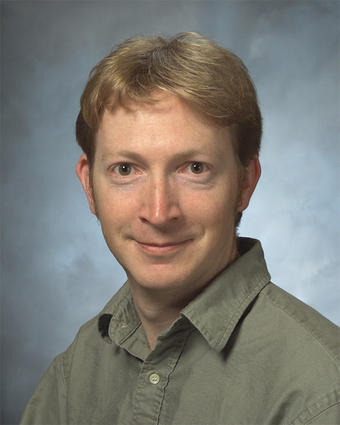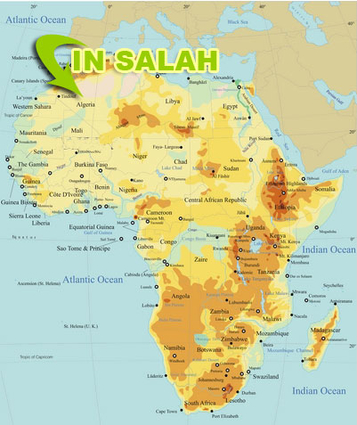Lab's Carbon Fuel Cycle Program comes of age
It's not the Lab's rocket science but its rock science that's captured attention recently.
The Carbon Fuel Cycle Program, part of the Global Security Principal Directorate, has entered its second year in partnership with BP, StatoilHydro, Sonatrach and DOE studying carbon sequestration at the In Salah site in the Sahara Desert.
Geological carbon sequestration, a leading solution to reduce greenhouse gas emissions, captures carbon dioxide (CO 2 ) where it is emitted from large point sources, then pressurizes it and finally injects it deep underground for long-term storage in isolation from the atmosphere. At In Salah, excess CO 2 is removed in the process of conditioning the natural gas for sale. In the past, this CO 2 would have been vented to the atmosphere; now, it is being recycled back underground.
Due to worldwide interest in the mechanical and chemical consequences of injecting large amounts of CO 2 underground, the Lab's carbon management work is growing at the rate of 50 percent per year.
According to Principal Investigator Joe Morris: "The In Salah effort is one of the first industrial-scale projects to sequester CO 2 . At In Salah, approximately 1 million tons of CO 2 is being safely and successfully pumped into the ground each year, making it the largest such effort currently in operation.
"The coming years stand to be an exciting time, with additional industrial-scale projects coming on line in Australia (Gorgon), Norway (Snohvit), China (Dongsheng), and the United States. Each project has unique geological challenges requiring site-specific technical insight and solutions." Additionally, there are seven partnerships in place around the U.S., the primary efforts of the DOE Carbon Sequestration Program (see this previous Newsline article for more information about one of those efforts).
The Carbon Fuel Cycle Program's role is applying its immense expertise in carbon sequestration and its underlying disciplines. The program is studying the flow of fluids through the underground environment, the mechanics imposed onto the rock by this fluid flow and the chemistry that results in these environments, including the man-made wells involved in the process.
The tremendous success of this program, jointly funded by the DOE Office of Fossil Energy, BP, StatoilHydro, and Sonatrach, is turning heads. Many of the seven primary DOE partnerships, as well as several private companies, have expressed interest in the work. "In fact," says Morris, "this is one of those cases where good work is rewarded by more work…we're having a hard time keeping up with this increasing demand."
Individuals with a background in hydrology, geomechanics or geochemistry who might be interested in working in this program are encouraged to contact aines1 [at] llnl.gov (Roger Aines).







